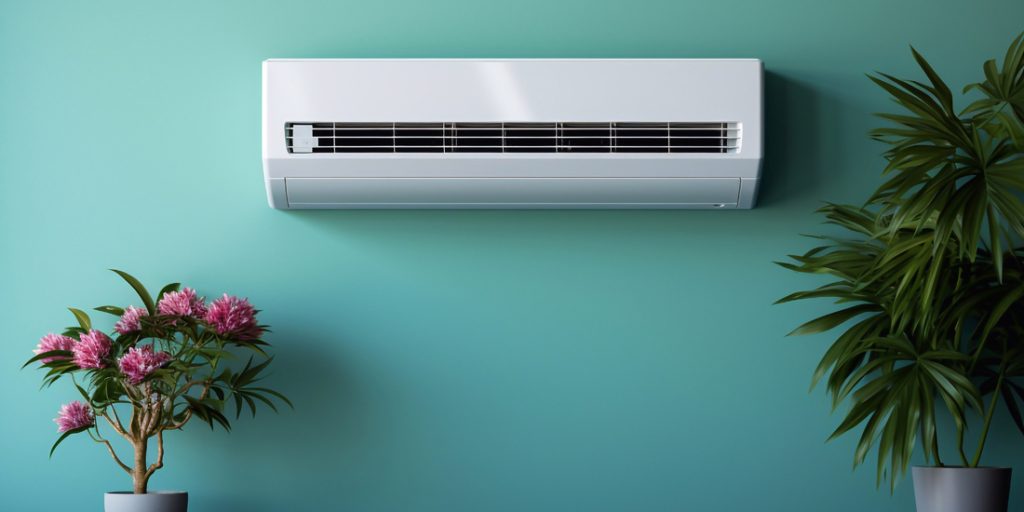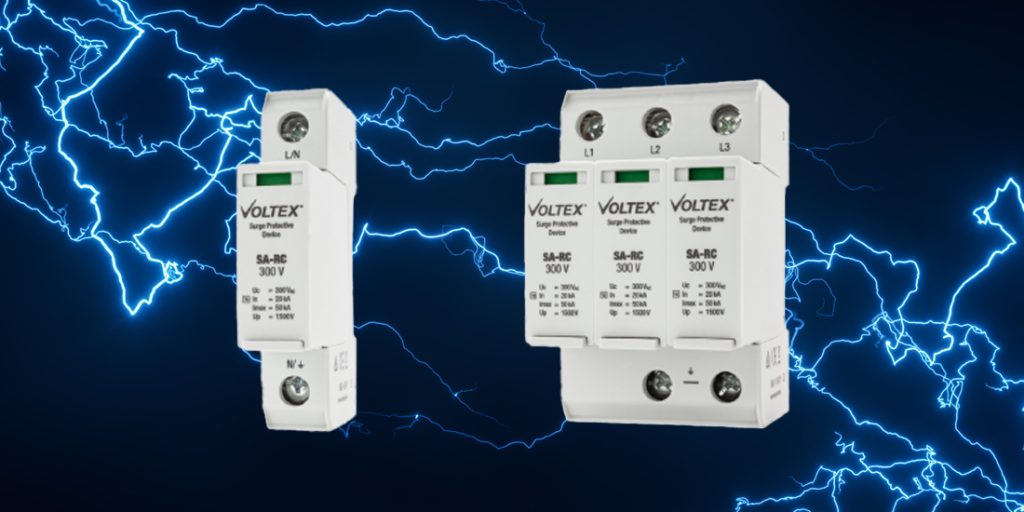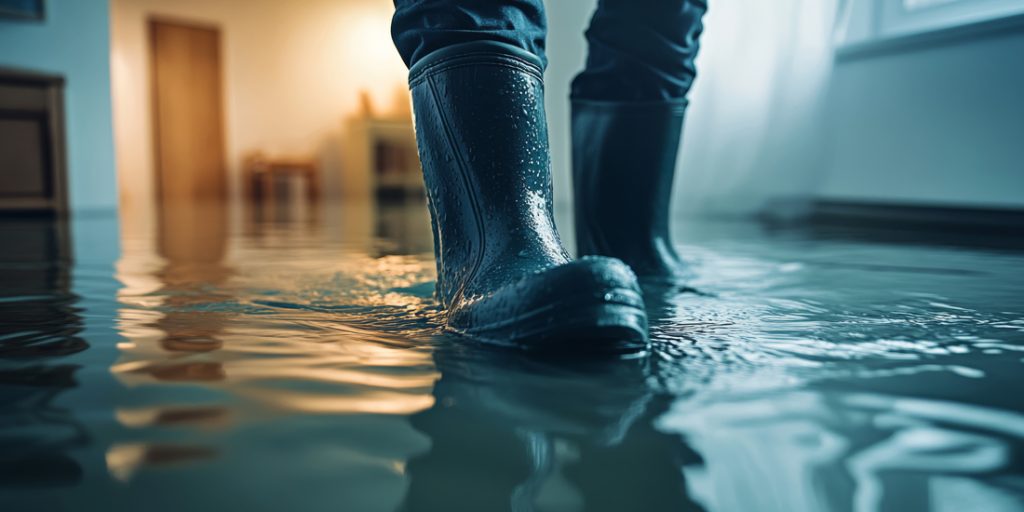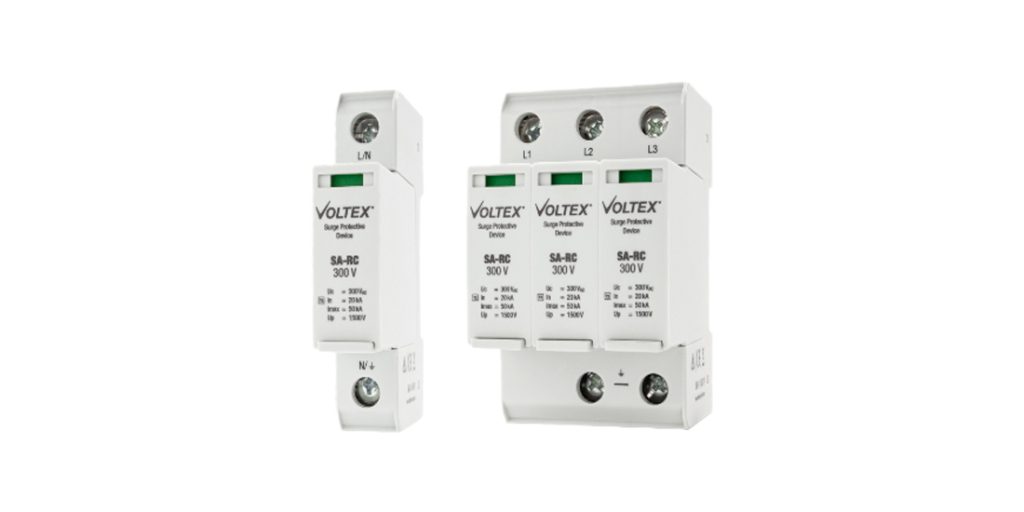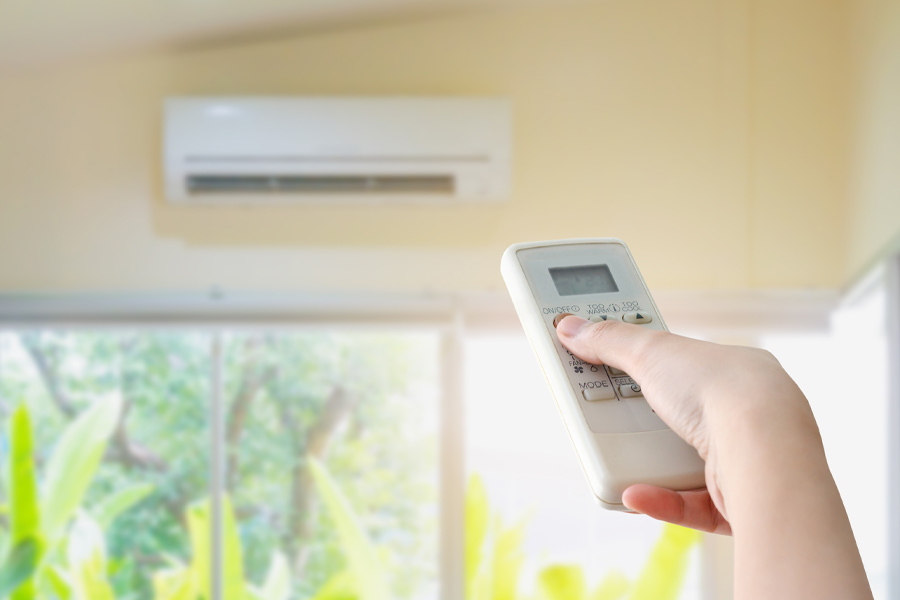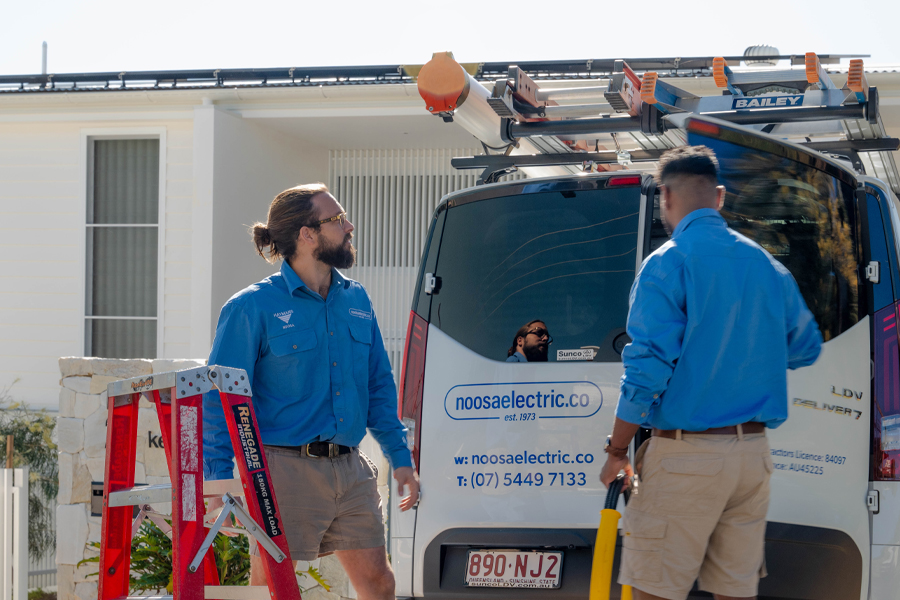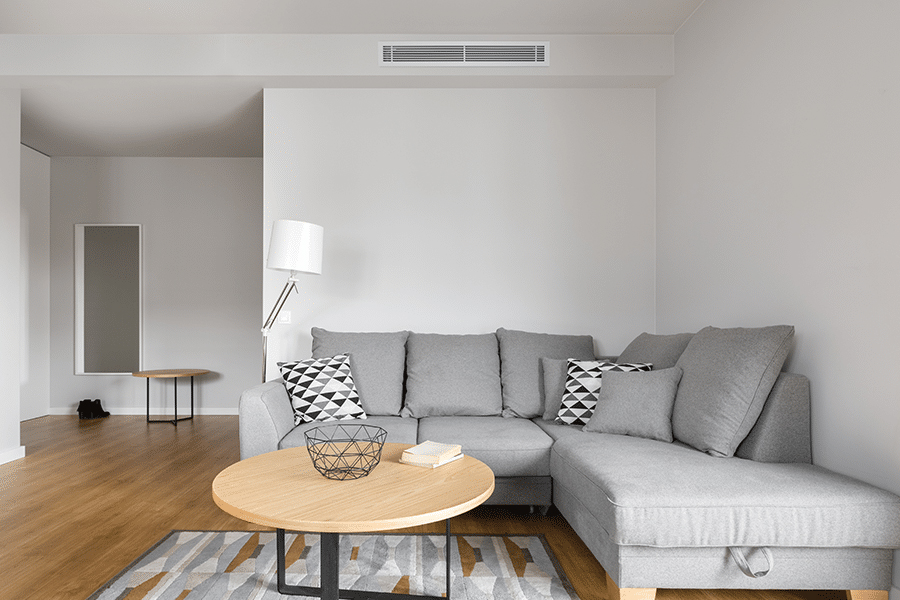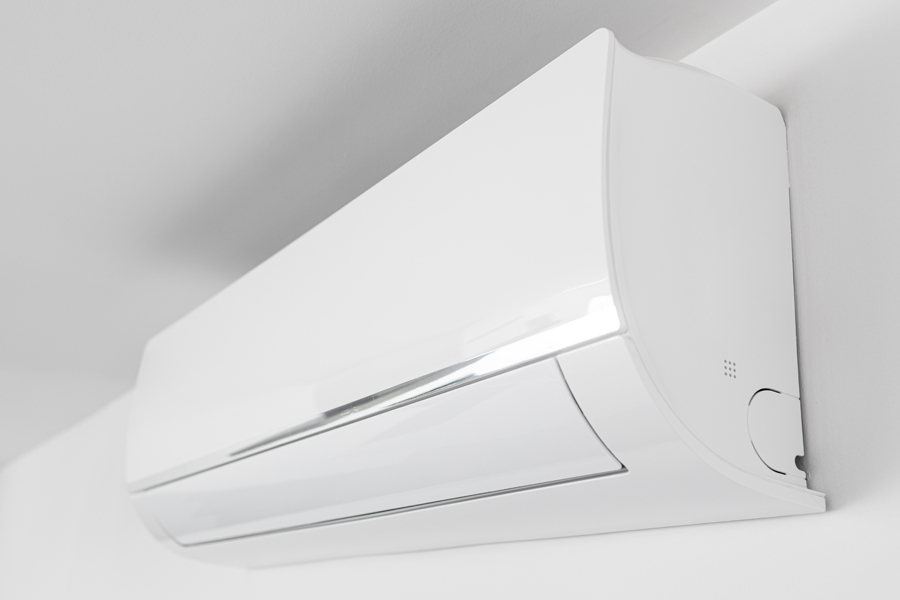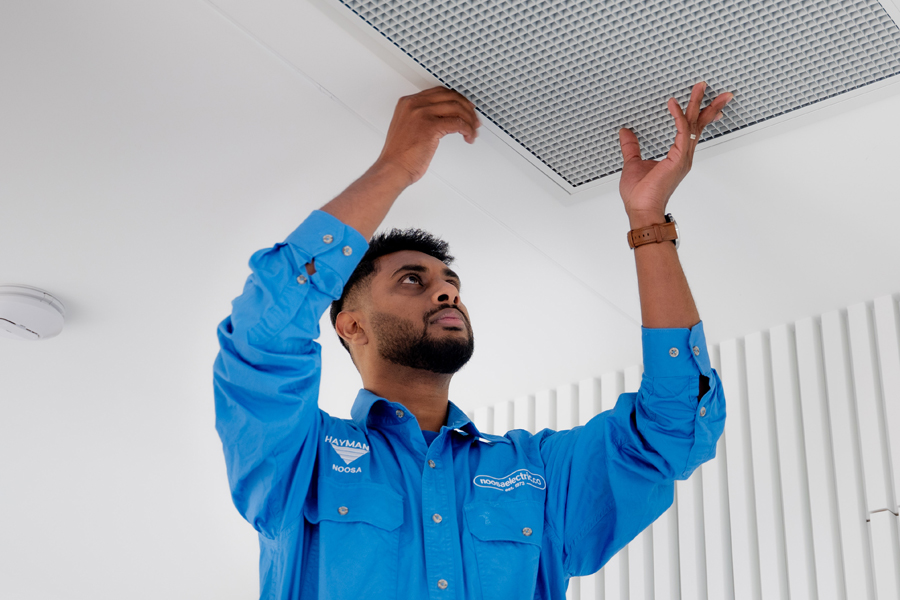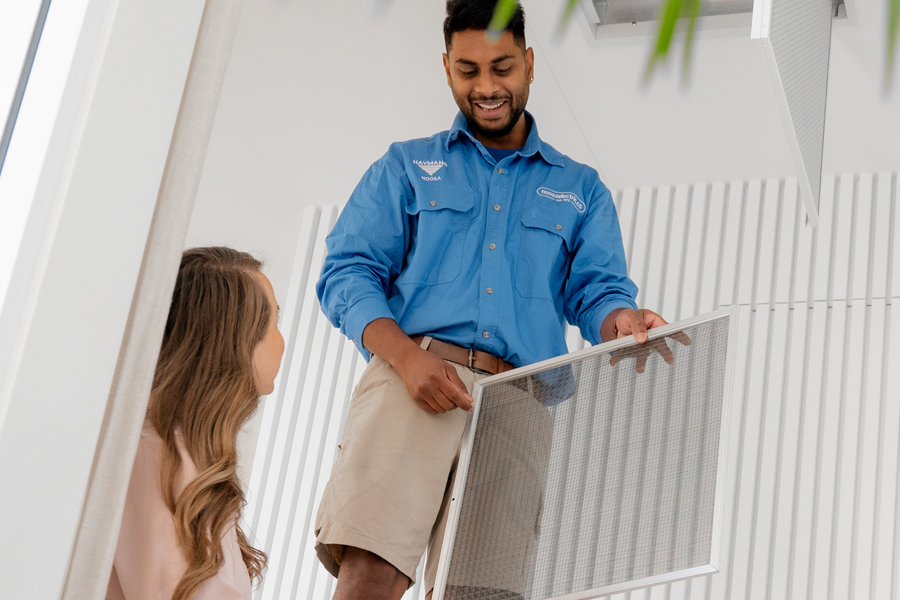If you’re considering a battery for your home or business, now is a great time to take action with the new government’s Home Battery Subsidy:
What is the Battery Subsidy?
It won’t be means-tested and offers an approximately 30 per cent discount on batteries for households, businesses and community facilities such as sports centres or town halls. [SRC: ABC]
Learn More:
What is the right size battery for my home?
Obviously, every home is different and energy needs vary, but the Smart Energy Council crunched the numbers recently on household power usage and came up with this conclusion: the battery you need to lower bills is smaller, and therefore cheaper, than you might think.
It found that to avoid using power during that evening peak, over 90 per cent of households could get by with a battery as small as 6 or 7 kilowatt-hours.
That’s smaller than the average battery installation, with two of the most popular batteries in Australia being around 13 kilowatt-hours. [SRC: ABC]
If you’re not sure, or you’d like to know more, simply contact our team – we’ll be happy to help you with determining the best battery for your property. We can also assist with associated aspects including solar power, energy management, and EV charging, in addition to more traditional electrical requirements such as air-conditioning, appliances, and smoke alarms.
How do I get the subsidy?
When you purchase your battery from Noosa Electric Co., the price will already be adjusted to include the subsidised rate.
When can I get a subsidised battery?
Subsidised batteries will be installed by our team from July 1st 2025. If you’d like to register for a subsidised battery to beat the crowds, please complete the form below.
What brand of batteries do you install?
We always work with quality brands that are designed for the Australian environment and compatible with your existing technology infrastructure. To determine the best brand for your home, contact us on the form below and we’ll discuss your energy goals and help you to connect with an appropriate brand and model.
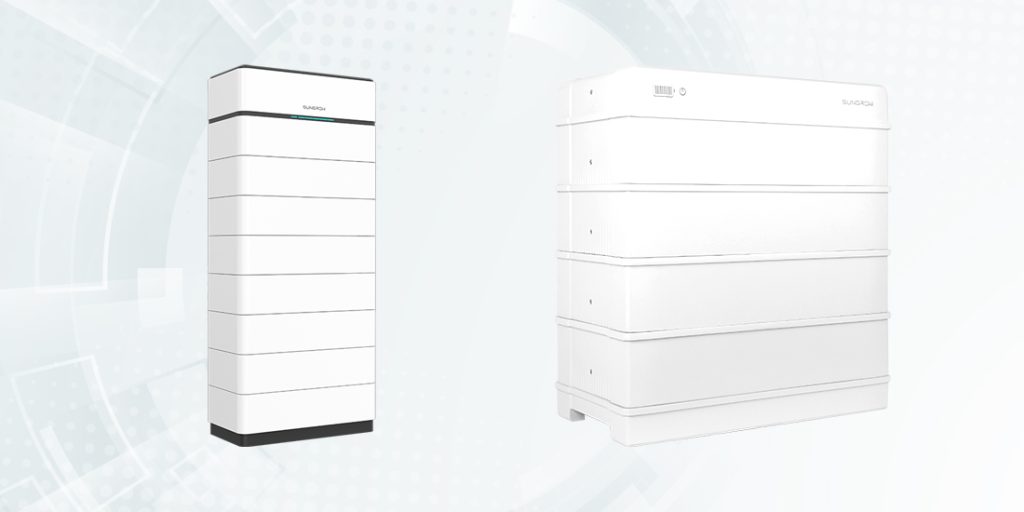
An example of batteries we install by Sungrow.

